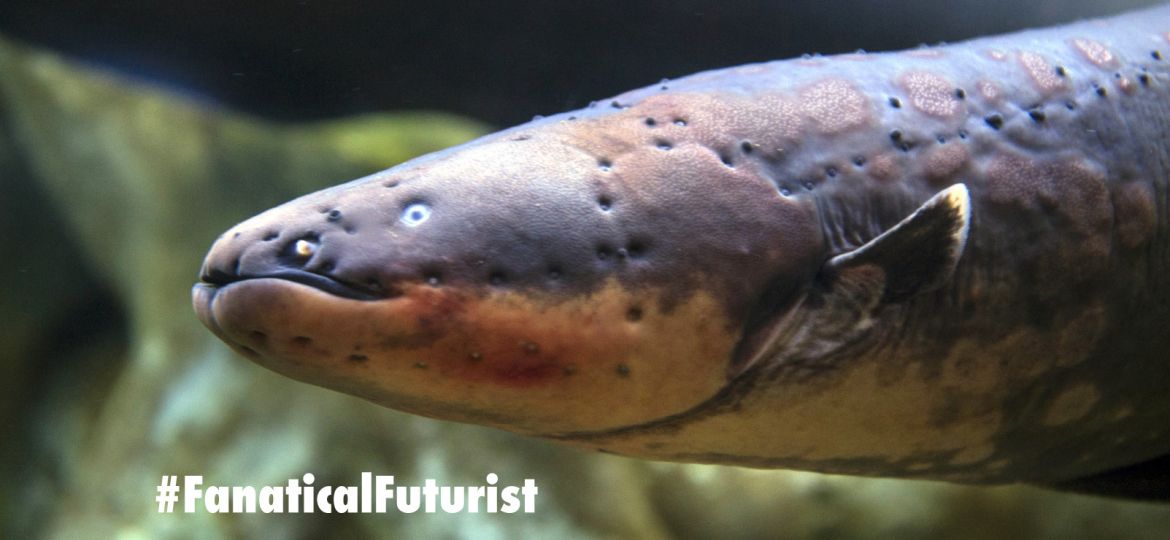
WHY THIS MATTERS IN BRIEF
A new type of ultra thin biological battery could replace batteries in pace makers, and power smart contact lenses, but their use cases don’t stop there.
New artificial organs may have a familiar, slimy face to thank for their near future prospects in the form of those amazing energy zapping critters than lurk in the darkest depths of local creeks and electrocute you. Yes, I’m talking about electric eels.
In a study recently published in Nature, researchers at University of Fribourg in Switzerland described how they’ve managed to design a new bio-inspired power source that, they hope, will help keep 3D printed human organs, like hearts and livers, alive and pumping for years. During the teams experiments they managed to create a series of 3D printed gel layers used to charge ions to produce over 100 Volts of energy, and because it’s a “soft” technology, it can be used more easily in biological tissue, meaning it can act as a long term battery source for, well, whatever…
Zap! A Closer Look At The New Batteries
“The electric eel’s specialised organs do exactly this, of course – they convert metabolic energy into extreme voltages and currents in a biocompatible way using only the transport of ions,” says, Tom Schroeder of Fribourg, a co-author on the paper.
The organ within the electric eel is a series of ionized tissue layers that can produce an electric charge when excited, and the eel’s natural metabolic processes serve as a recharger for the electric shock. By creating a similar artificial organ for humans, doctors could also eliminate the need for battery replacements in pacemakers and other surgical implant procedures.
“The most exciting aspect of the work in the context of implantable devices is the idea that we could use the naturally replenished fluids in the body as ion sources that would recharge our artificial electric organ indefinitely,” Schroeder says.
Right now, the technology doesn’t produce enough energy to power, say, an artificial heart, but Schroeder says that enhanced contact lenses could be possible soon because the flexible hydrogel material they created in the lab is the same one used to make contact lenses, and the rest of the components are simply water and ionized salts, and my futurist side whispers that that it could be used to make self-powered augmented reality contact lenses a reality, something companies have been struggling with for years now. And for those of you who have checked out my Future of Smartphone 2020 &Beyond report, which I’ll update again soon to include this new technology and how it could be used, I already see a way it could lead to the creation of the fabled “next” platform, the one that comes after the smartphone… but that’s another story.
All that said though, and back to today, the number of use cases for a soft, thin membrane electric eel inspired battery are numerous. Contact lenses and artificial hearts aside, I’m sure they’ll come in handy for researchers who are building soft robots, or even perhaps smart tattoo’s and smart clothing… and remember, this is just the beginning.
“Since our hope would be that an implant designed this way would be powered by streams that are continuous over the lifetime of the user, it’s conceivable that this could enable permanent implants – imagine a pacemaker whose battery never has to be replaced,” says Schroeder. Or a next generation phone that’s built into you… Just saying.
















